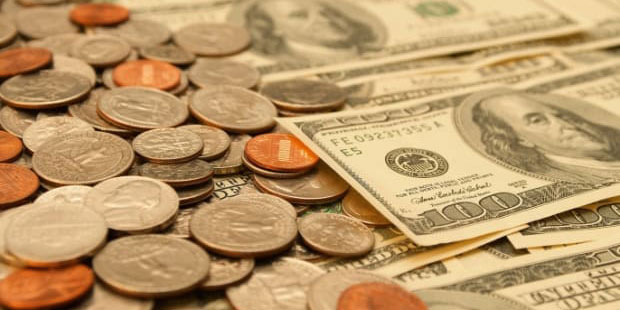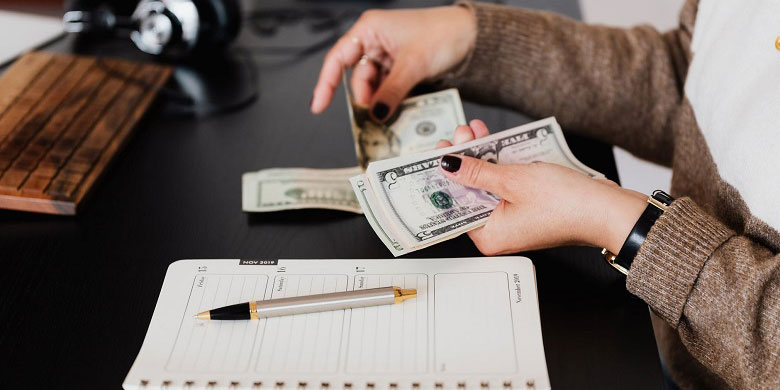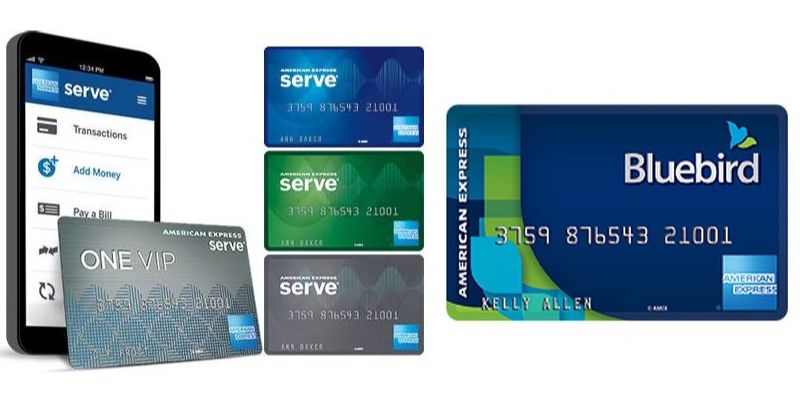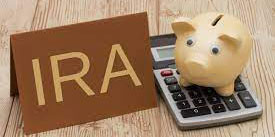Money may be anything that can be exchanged for goods or services by a community of people consistently. Most nations each have distinct methods for exchanging coins and Paper Money. Other currencies, such as the euro, are accepted across whole areas. Bartering was the most common method of exchanging goods and services before the development of monetary systems. A person, for instance, may exchange eight sacks of rice for a goat as part of a transaction. Salt, tea, seeds, tobacco, and even cattle have all been used as money in the past, allowing for the purchase and sale of a wider variety of products and services.
Paper Money in Early America
When paper currency was initially created in the United States, it was the first of its kind anywhere in the Western world to be approved by any government. In 1690, the Massachusetts Bay Colony used the sale of bills of credit to fund a military expedition to Canada. Following military operations, other expenditures incurred by other Colonies were financed like this one. At the time of the Revolutionary War, each of the thirteen colonial governments had already issued their own money, despite the opposition and attempts at suppression by Great Britain. Despite these efforts, Great Britain did not succeed in doing so. In every instance, they were a financial strategy that was used to make up for a shortage of finances by making a promise to "pay later."
The British government stopped the circulation of rebel money in the territories they held and actively worked to destroy the economy and public faith in the United States by producing counterfeit currency. By 1780, a confluence of adverse economic conditions had forced a devaluation of Continental Currency notes to one-fortieth of their initial face values. At that point, the Continental Congress discontinued producing the currency altogether. Ingenious Benjamin Franklin, a skilled printer, is credited with introducing plate blocks molded from genuine leaves as part of an attempt to thwart early counterfeiters. With his business partner David Hall, he was successful in providing money not only for his home province but also for the colonial states of New Jersey and Delaware. During the time of the colonial period, counterfeiting was highly pervasive.

A New World of Finance
The events of World War II left the American people with a sour taste about the usage of paper money, which was widely seen as false owing to its rapid depreciation and lack of redemption—establishing a system of credit for the government in 1791 with the foundation of the Bank of the United States. This was necessary to stabilize the spending habits of the government. This bank and several other pioneering financial organizations licensed by the states started producing private currencies to make borrowing and lending easier.
The manufacture of money was rethought and given more limits when the Constitution was ratified since it was a national prerogative. One of the most significant successes of President George Washington's first administration was the establishment of a mint for the United States of America in Philadelphia. Coinage, on the other hand, was utterly incapable of funding the expansion. As the need for a medium of exchange continued to rise, many financial institutions and different types of companies began issuing large amounts of their own paper money.
Paper Money Predominates
After the battle, the paper money issued by the Confederacy was infamously rendered useless. Similarly, the federal government never followed through on its commitments to eliminate the use of paper money. The Great Financial Panic of 1907 led to the establishment of the banking system now known as the Federal Reserve. This institution was designed to act as a "buffer" between the government and the economy. During the Great Depression of the 1930s, most other types of American money were discontinued; nevertheless, it was possible for a new kind of currency called Federal Reserve Bank Notes to be maintained. Silver certificates were used until the 1960s when precious metal coinage production ended. At this time, the United States notes, which were direct "legal tender" liabilities of the government, were also phased out. The sole form of American paper money that was still in circulation.

Along with massive manufacturing, ensuring that the money is accepted everywhere and taking measures to prevent its counterfeiting remain significant challenges in the modern day. These notes represented the collateral for a select group of financial institutions. On the reverse of these uncommon notes was a picture of contemporary American gold coins printed in gold-brown ink on yellowish paper.



